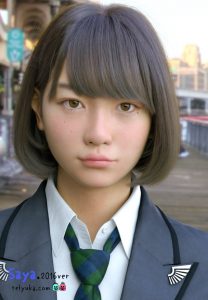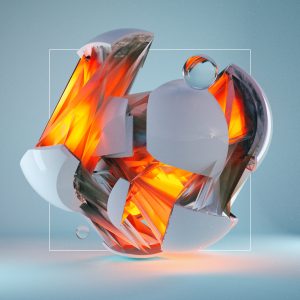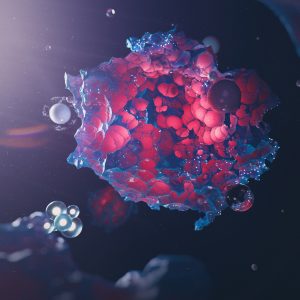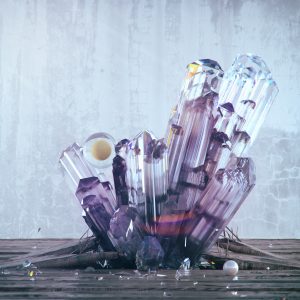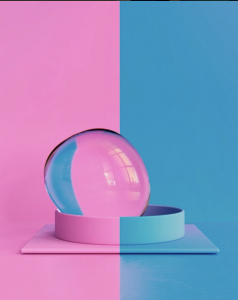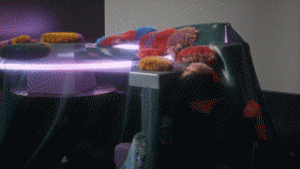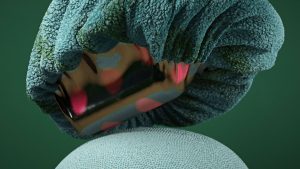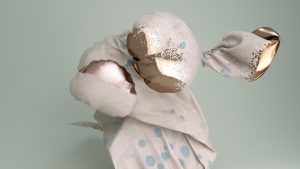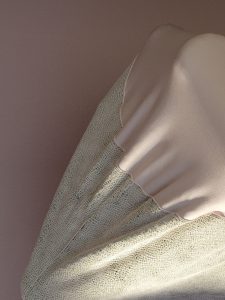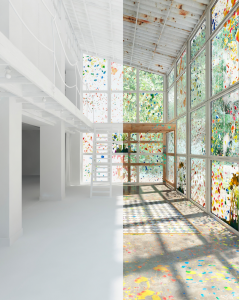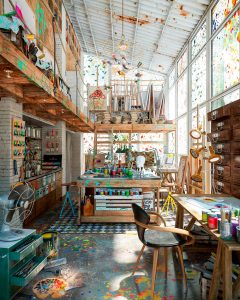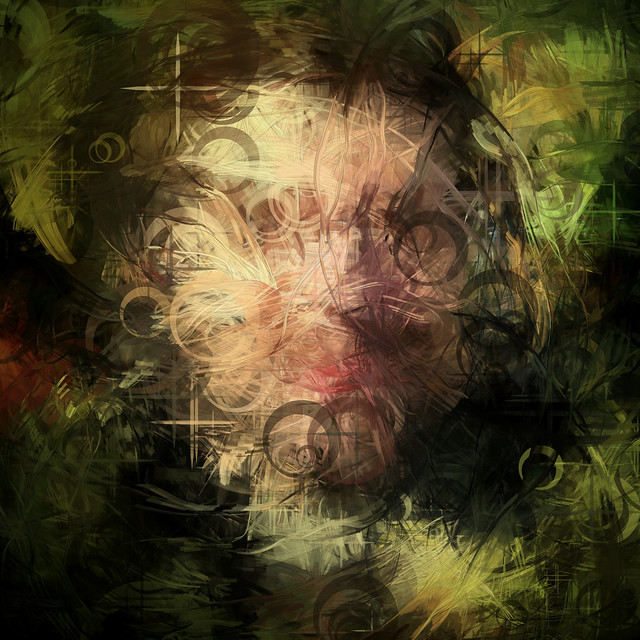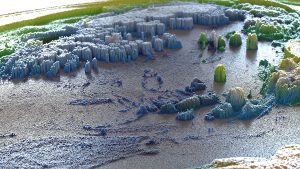I was interested by the 3D computer graphic work by an artist named Mike Campau. He specializes in hybrid imagery, which is a combination of computer generated objects with photography. The photos I attached below are two of the series named Living Sculptures #2, which is a continuation from his Living Sculptures series. It is interesting to see how strange abstract structures with non-human features as in their forms and textures, are given life or even personified by simply adding some clothing and classic portrait lighting to them. We are able to observe and guess the subjects’ characteristics through these graphic portraits, even thought there are no such things as facial features or particular gestures. Also, the combination of the rather serious color schemes and the fun, seemingly fluid shapes create an odd feeling, yet it entices the viewers at the same time.
https://www.behance.net/gallery/19683165/LIVING-SCULPTURES-2
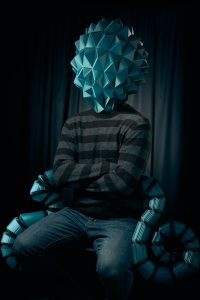

![[OLD FALL 2017] 15-104 • Introduction to Computing for Creative Practice](https://courses.ideate.cmu.edu/15-104/f2017/wp-content/uploads/2020/08/stop-banner.png)
